Introduction
The environment is a symphony of interconnected life forms, each playing a unique role. Among the lesser-known but highly significant members of this orchestra are tlacuaches, commonly known as opossums in English. These fascinating marsupials, found mainly in the Americas, are not only an ecological curiosity but also environmental custodians. Their roles as scavengers, seed dispersers, and pest controllers make them indispensable to the ecosystems they inhabit.
This article explores the environmental niche of tlacuaches in detail, shedding light on their habitat, diet, behaviors, and the ecological roles they fulfill. By understanding the importance of these creatures, we can appreciate their contributions to biodiversity and develop a greater respect for their presence in our natural world.
1. Taxonomy and Biology of Tlacuaches
Tlacuaches belong to the Didelphidae family, which is the largest family of marsupials in the Western Hemisphere. The most common species is the Virginia opossum (Didelphis virginiana), but there are over 100 species of opossums, each adapted to different environments.
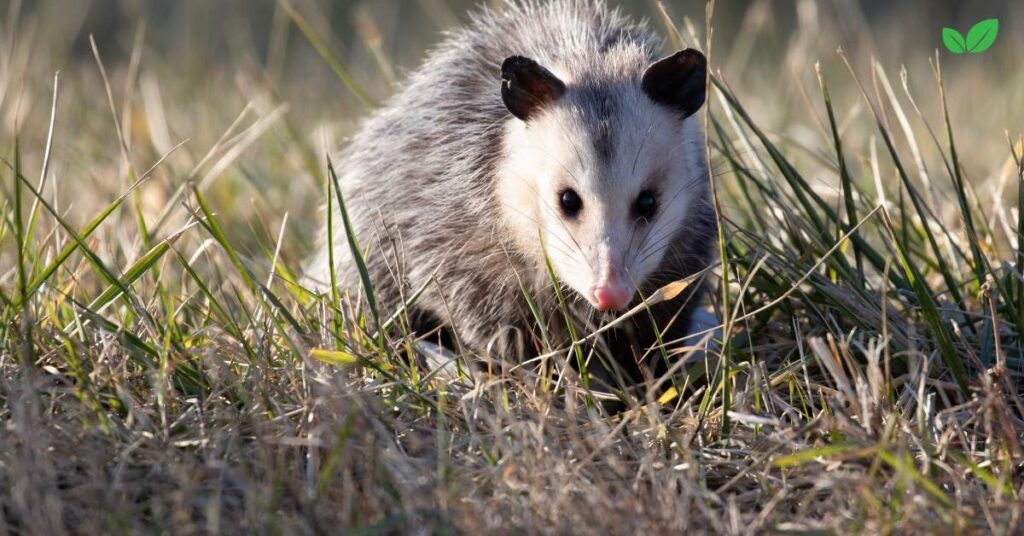
Physical Characteristics
- Size and Build: Tlacuaches are medium-sized mammals, with adult lengths ranging from 12 to 20 inches and weights between 4 and 15 pounds.
- Pouch: As marsupials, female Opossums have a pouch where their young develop after birth.
- Prehensile Tail: Their tails are prehensile, allowing them to grasp objects, stabilize themselves in trees, and transport nesting material.
- Adaptability: Their grayish fur, sharp teeth, and opposable thumbs make them highly adaptable to diverse environments.
Physiological Adaptations
- Resistance to Snake Venom: Opossums have a remarkable resistance to the venom of several snake species, enabling them to prey on snakes and survive in predator-rich environments.
- Immune System: They possess a robust immune system, which allows them to tolerate various pathogens, including those carried by carrion they consume.
2. Habitat and Distribution
Opossums exhibit a wide geographical distribution, spanning from southern Canada to South America. They thrive in diverse habitats, including forests, grasslands, wetlands, and urban areas. Their adaptability allows them to coexist with human populations, though this often brings them into conflict with people.
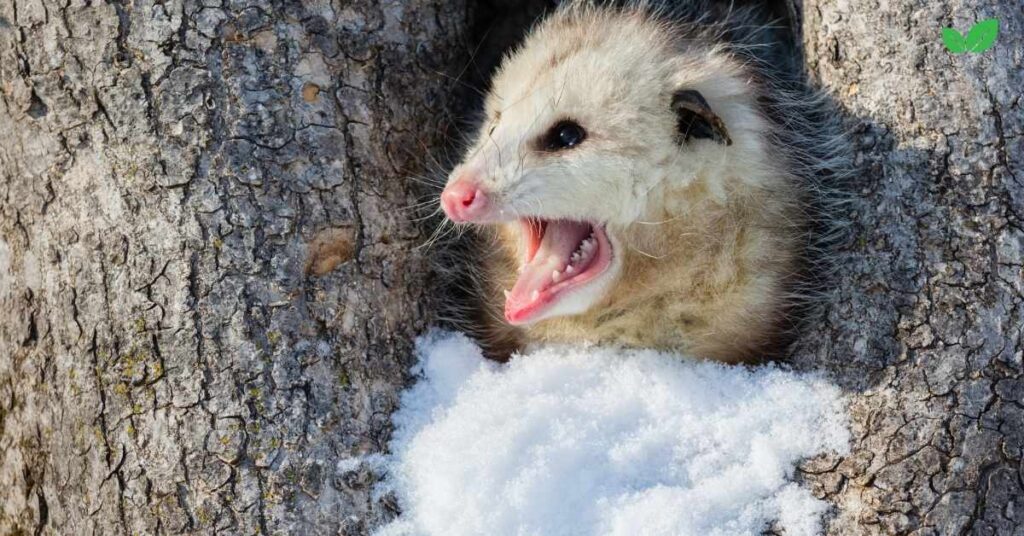
Preferred Habitats
- Forests: Deciduous and mixed forests provide ample cover and food resources, making them ideal habitats for tlacuaches.
- Wetlands: Proximity to water sources like rivers, lakes, and marshes supports their omnivorous diet and access to nesting materials.
- Urban and Suburban Areas: Opossums are opportunistic and can thrive in cities, often scavenging from garbage and adapting to human-altered landscapes.
Nesting Behavior
Tlacuaches are nocturnal and use abandoned burrows, hollow trees, or dense vegetation as nests. In urban areas, they might inhabit attics, sheds, or crawlspaces. Their ability to use a variety of shelters highlights their flexibility and resilience.
3. Diet and Foraging Habits
The dietary flexibility of Opossum is one of their defining characteristics, enabling them to adapt to various ecosystems. They are omnivorous and opportunistic feeders, consuming a mix of plant and animal matter.
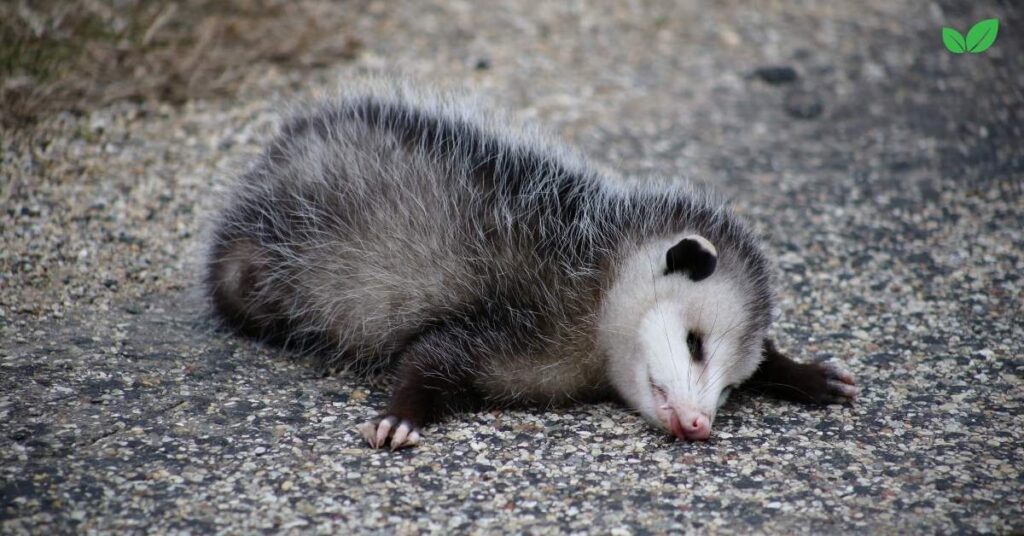
Typical Diet
- Fruits and Vegetation: Tlacuaches consume a wide range of fruits, flowers, and leafy greens, contributing to seed dispersal and vegetation cycles.
- Insects and Small Animals: Their diet includes insects, rodents, birds, and eggs, helping regulate populations of these species.
- Carrion: As scavengers, they play a vital role in breaking down organic material and preventing the spread of disease.
- Human Waste: In urban areas, Opossums often consume discarded food, which, while beneficial in waste reduction, can also lead to conflicts with humans.
Impact on Ecosystems
- Seed Dispersal: By consuming fruits and excreting seeds elsewhere, Opossums contribute to plant regeneration and forest health.
- Pest Control: Their predation on insects and rodents helps maintain balance in ecosystems, reducing the need for chemical pest control methods.
4. Behavior and Social Structure
Tlacuaches are solitary, nocturnal animals with unique behavioral traits that set them apart from other mammals.
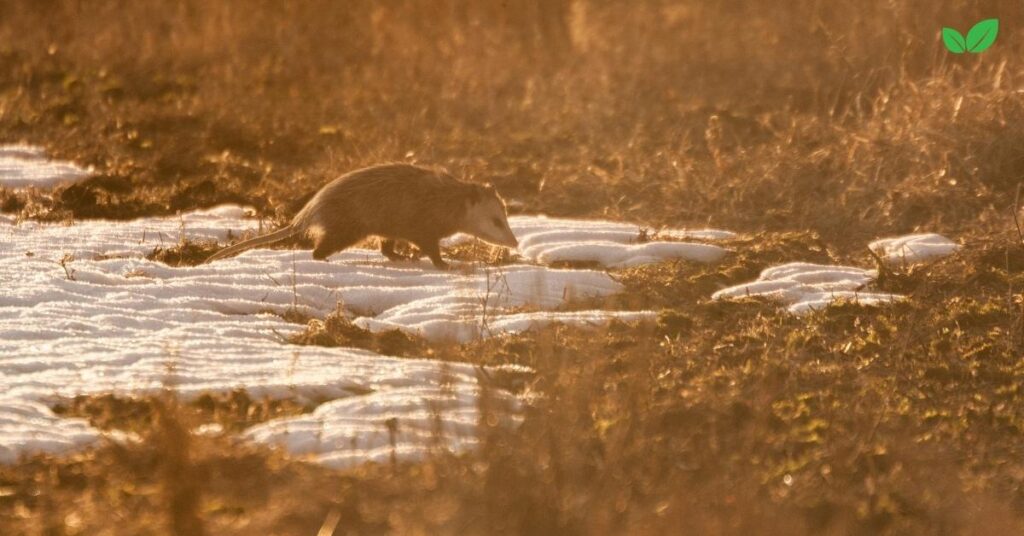
Nocturnal Lifestyle
Active primarily at night, tlacuaches use their keen sense of smell and hearing to navigate their surroundings and locate food. Their night activity helps them avoid many predators and reduce competition with diurnal species.
Defensive Strategies
- “Playing Dead” (Thanatosis): When threatened, tlacuaches may feign death, emitting a foul odor to discourage predators.
- Climbing and Escaping: Their strong limbs and prehensile tails allow them to climb trees and escape ground-based threats.
- Vocalizations: They produce hisses, growls, and screeches to ward off danger.
Reproductive Behavior
- Breeding: Tlacuaches breed multiple times a year, with females capable of producing large litters (up to 20 offspring).
- Parental Care: The young remain in the mother’s pouch for about two months and cling to her back for another two months, enhancing their survival chances.
5. Ecological Role of Tlacuaches
The ecological niche of tlacuaches is multifaceted, encompassing roles in waste management, pest control, and biodiversity preservation.
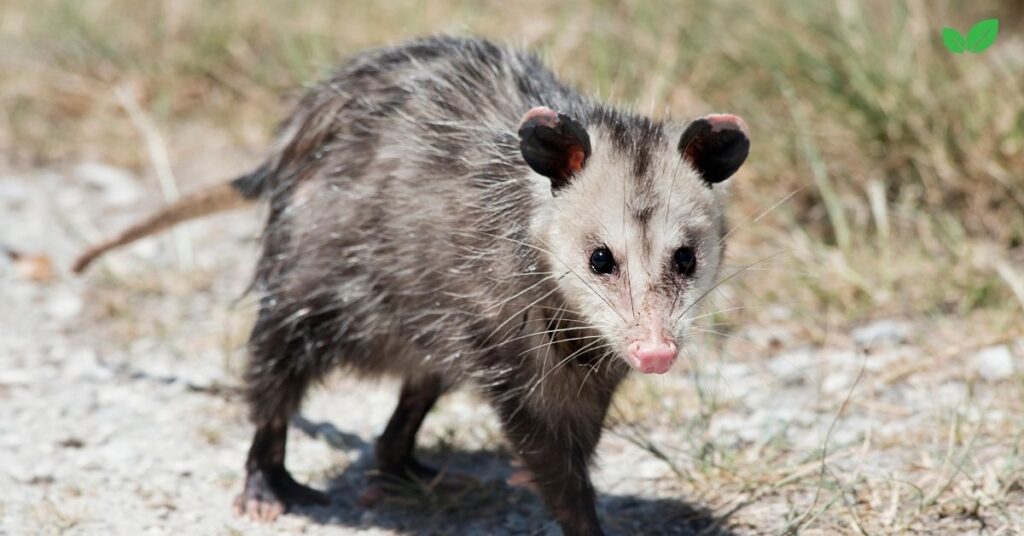
Waste Management
As scavengers, tlacuaches clean up carrion and organic waste, preventing the spread of diseases and supporting nutrient recycling in ecosystems. Their presence in urban environments can mitigate the accumulation of garbage.
Pest Control
By consuming rodents, insects, and other pests, Opossums naturally regulate populations of these species, reducing the need for harmful chemical pesticides.
Biodiversity Enhancement
- Seed Dispersal: Their foraging habits promote the growth of diverse plant species, maintaining ecosystem health and resilience.
- Habitat Modification: By nesting in hollow trees and abandoned burrows, tlacuaches indirectly benefit other species that use these spaces.
6. Threats to Tlacuaches
Despite their ecological importance, tlacuaches face numerous threats, many of which are human-induced.
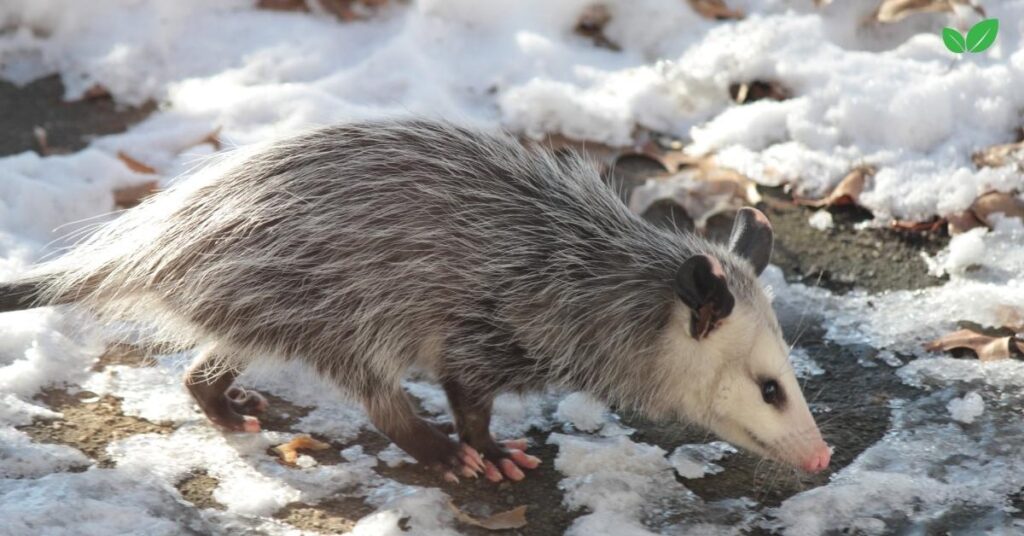
Habitat Loss
Urbanization, deforestation, and agricultural expansion have significantly reduced the natural habitats of Opossums, forcing them into closer proximity with humans.
Road Mortality
As nocturnal animals, tlacuaches are particularly vulnerable to vehicle collisions. Roads often intersect their foraging and nesting routes, leading to high mortality rates.
Persecution and Misunderstanding
In many regions, Opossums are misunderstood and considered pests. Fear, misinformation, and intolerance lead to deliberate killings or exclusion from human-inhabited areas.
Predation and Disease
- Natural Predators: Owls, foxes, coyotes, and domestic pets prey on tlacuaches.
- Human-Associated Risks: Exposure to pesticides, rodenticides, and other toxins poses additional risks.
7. Conservation Efforts
Protecting Opossums and their ecological niche requires a combination of education, habitat preservation, and coexistence strategies.
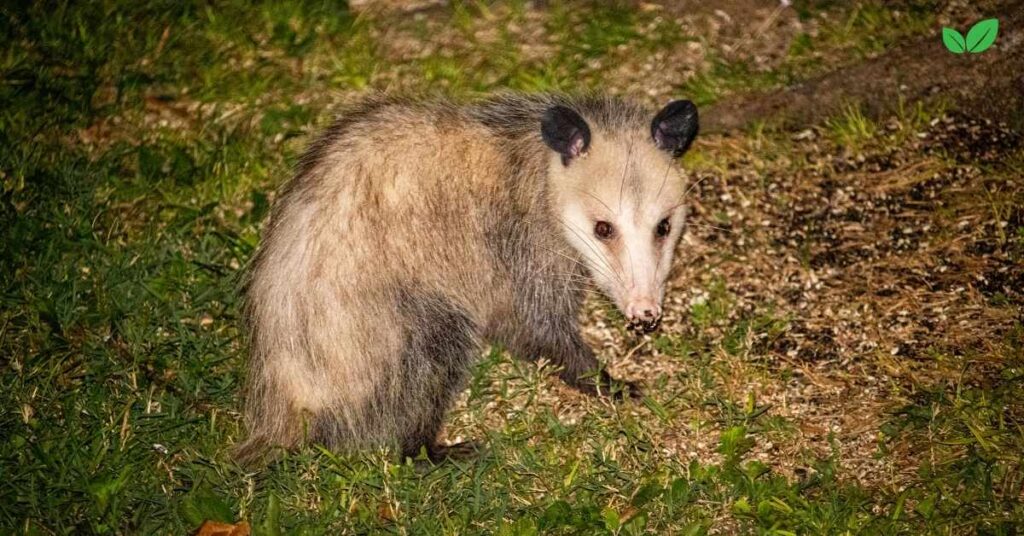
Public Awareness
- Dispelling Myths: Educating communities about the ecological benefits of tlacuaches can reduce fear and hostility.
- Promoting Coexistence: Simple measures, such as securing garbage and providing wildlife corridors, can help tlacuaches thrive in urban settings.
Habitat Preservation
- Protecting Forests and Wetlands: Preserving natural habitats ensures that Opossums have access to food, shelter, and nesting sites.
- Wildlife Corridors: Creating safe passages across roads and urban areas can mitigate road mortality.
Legal Protection
In some regions, tlacuaches are protected by wildlife laws that prohibit their hunting and killing. Strengthening and enforcing such regulations can ensure their survival.
8. Tlacuaches in Culture and Folklore
Tlacuaches hold a special place in the folklore and traditions of various cultures, particularly in Latin America. They are often associated with resilience, adaptability, and survival.
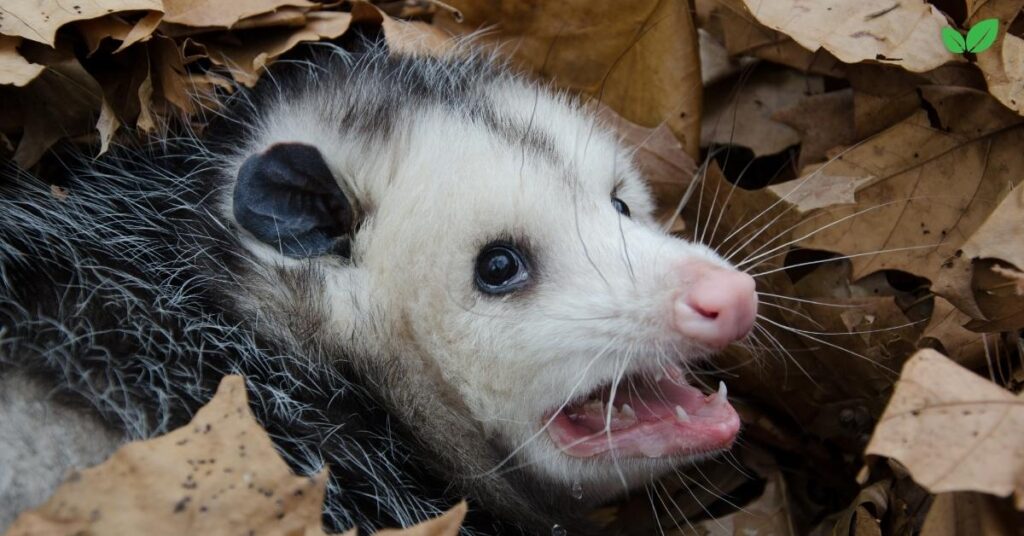
Mythological Significance
In Mesoamerican mythology, tlacuaches are revered for their cleverness and contributions to humanity. One popular legend depicts the tlacuache as the bringer of fire, having stolen it from the gods to provide warmth and light to humans.
Cultural Perceptions
While often viewed as pests in modern urban settings, traditional cultures recognize tlacuaches as symbols of resourcefulness and guardians of the environment.
Conclusion
Tlacuaches are a testament to nature’s ingenuity, thriving in diverse environments and performing crucial ecological functions. Their roles as scavengers, pest controllers, and seed dispersers underscore their importance in maintaining ecological balance and promoting biodiversity.
However, the survival of tlacuaches is increasingly threatened by habitat loss, human activity, and climate change. Recognizing their ecological contributions and fostering coexistence with these remarkable marsupials is essential for preserving the health of our ecosystems.
By embracing a deeper understanding of tlacuaches and their niche, we can shift public perception and take meaningful steps to protect these unsung environmental heroes. In doing so, we not only safeguard their future but also enhance the resilience and sustainability of the ecosystems we all share.
Read More: Opossum Tracks 101: Everything You Need to Know for Easy Identification

